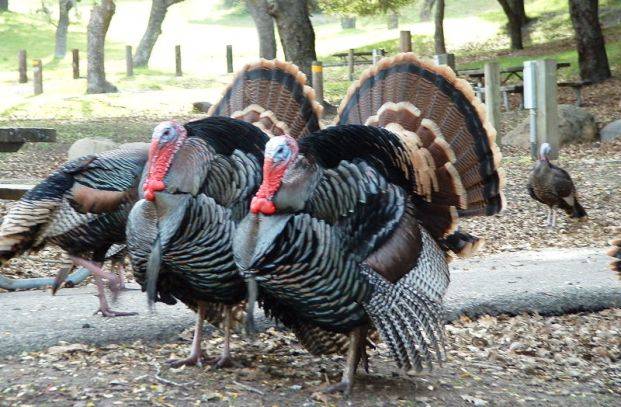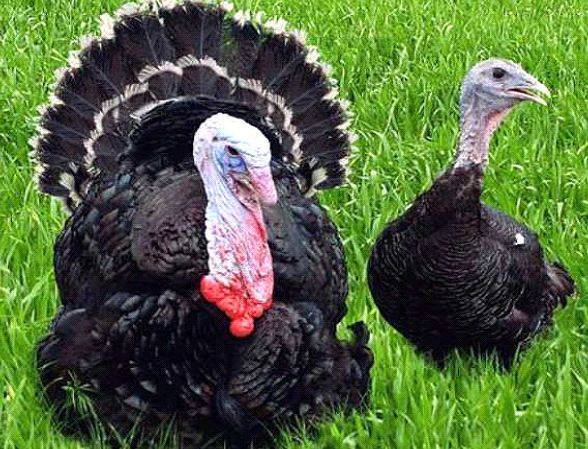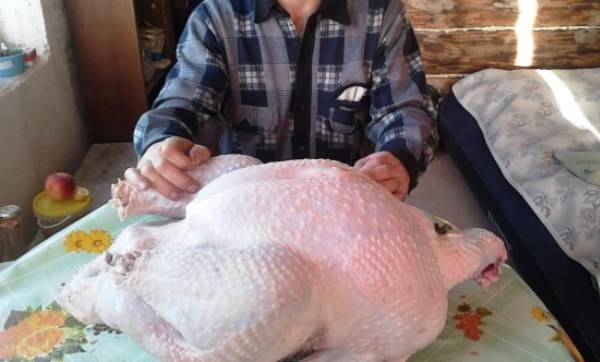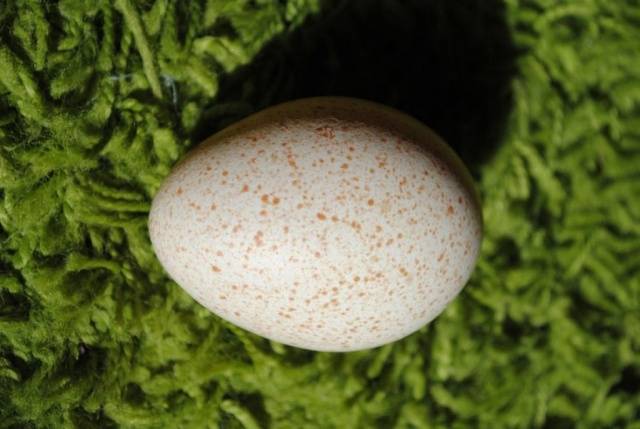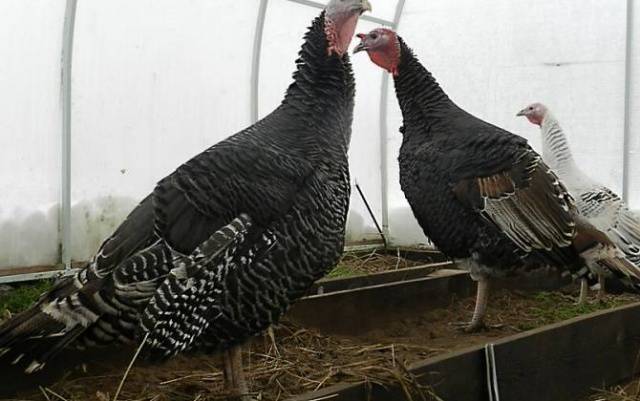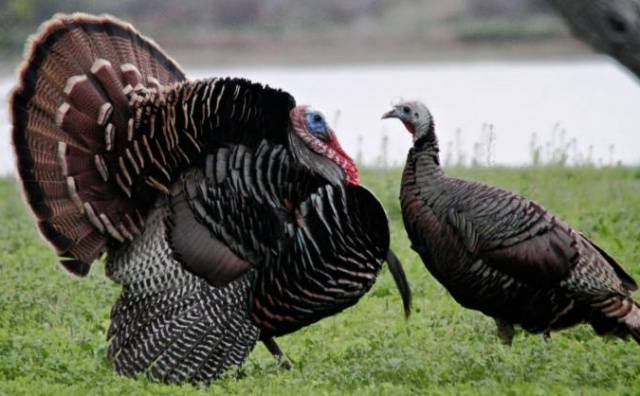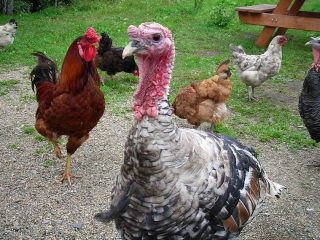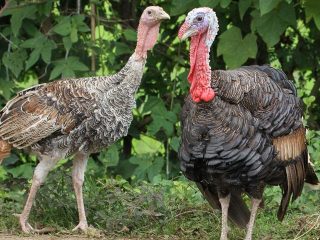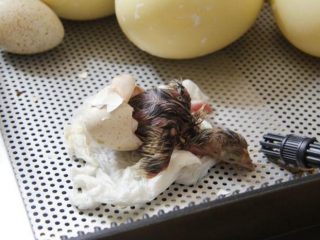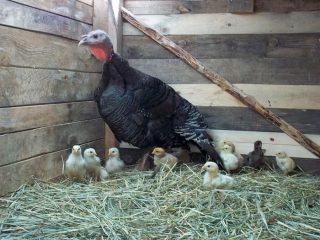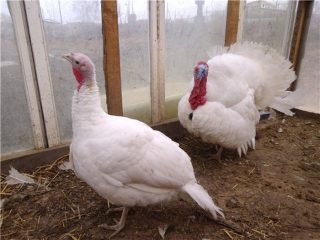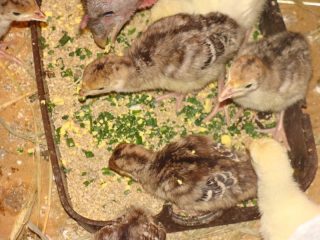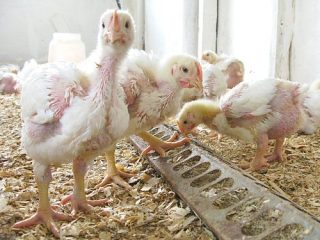Content
Turkeys broad-breasted bronze is highly prized among farmers. They stand out from other breeds for their size. Bronze turkeys were originally bred by American breeders. It can be seen that they tried very hard, because the breed turned out to be just perfect. It was created for the purpose of industrial cultivation on farms. Now everyone can buy a turkey of this breed, and breed them at home.
By breeding bronze turkeys, breeders wanted to get a fleshy breed that would be profitable to grow for large enterprises. Until now, they are the largest representatives among turkeys. It is worth considering what other features, besides size, this breed has. In this article, we will see all the advantages and disadvantages of bronze broad-chested turkeys. We will also see how to properly grow and care for these birds. All these factors will make it clear why this breed of turkeys has become so popular, and why more and more farmers choose it for breeding.
Description and characteristics of the breed
Representatives of this breed grow to very large sizes. Probably not a single bronze broad-breasted turkey that weighed less than nine kilograms.
Experienced farmers claim that with abundant feeding and following the rules of care and reproduction, you can grow turkeys weighing up to thirty kilograms. Bronze turkeys have another name - "American". It reminds that the breed was bred in America.
The body of these birds is oval, the chest is wide, convex and very strong. Graceful gait and powerful legs give breed even more nobility. Bronze broad-breasted turkey has excellent plumage, black feathers shimmer in the sun with a bronze, purple and bluish tint. Bronze is the predominant color, which is what the name of the breed says. Males are distinguished by a fan-shaped gorgeous tail.
Advantages of the breed
There are a lot of advantages of this breed over other types of turkeys. We will try to list the main advantages:
- high egg production... These turkeys differ in both quality and quantity of eggs. In one season, a turkey can demolish about 120 of them. Of these, 96 eggs can be fertilized, and of 67 small turkeys will hatch;
- maternal instincts... Turkeys of this breed are caring and attentive mothers. They incubate their offspring with great patience. Moreover, they can be planted on the eggs of other birds, such as chickens or ducks;
- early maturity... At the 20th week of life, bronze turkeys can weigh up to eight kilograms, and turkeys - at least fourteen kilograms;
- profitability... You do not need to feed these turkeys for a long time. They are usually slaughtered twenty weeks after birth. The reason is that after this age, birds need a lot more feed to maintain their weight, and even more so in order to build muscle mass even more.
Disadvantages of bronze turkeys
Bronze wide-breasted turkey is suitable exclusively for breeding in industrial conditions.They will not be able to fully develop in pastures or even in the yard. For growing bronze broad-breasted turkeys, only cages and sheds are suitable. These birds can only be fed with balanced feed containing all the necessary vitamins and minerals. You should also add various feeds. You can prepare a mixture of grains and chopped herbs for turkeys. And veterinarians advise adding special vitamin complexes from time to time. As you can see, breeding such large individuals is a bit costly, but the amount of meat obtained is certainly worth it.
Productivity
The turkey of the bronze broad-breasted breed has a very high survival rate. They are disease resistant and strong. All thanks to the original breed, when crossing which bronze turkeys were bred. She was distinguished by high indicators of stamina, and had excellent health.
The main purpose of breeding this breed is to obtain high-quality and tasty meat. It tastes a bit like game. A big plus of the fact that turkeys are cut young is that the meat remains tender and soft. Moreover, up to 80% of the total mass of the carcass is meat. It is an excellent dietary product as it contains only 8% fat.
Turkey eggs are also used in cooking. They are round and large. They have an unusual brown color, specks of different sizes are located throughout the egg. You can see them in the photo.
Bronze broad-breasted turkeys begin to rush at the age of nine months. The minimum number of eggs laid per season is about 60 pieces, and the maximum is about 150 pieces per year. They can not only hatch the eggs of other species of birds, but also take care of them as if they were their own. Little geese, ducklings and chickens can be trusted with ease.
Breed care
Broad-breasted bronze turkey can only grow fully in a spacious room. It is very important to maintain a stable temperature in it, as well as air humidity. These birds do not tolerate drafts well. For normal living, one individual will need 1 m2 space. Birds should not sit on a cold floor, so it should be lined with hay or straw. The turkey room should be well lit and ventilated.
Long feeders and drinkers are built for birds so that all birds can eat from one container. It is necessary to arrange perches for turkeys. They should be no higher than 50 centimeters from the floor. At the bottom, you need to place pull-out trays for collecting droppings. The indoor temperature should not fall below -8 ° C, as it is destructive for this breed of birds. In order for the birds to receive all the necessary nutrients, it is necessary to add nettles, sauerkraut, and green hay to the turkey feed.
In the springtime, you need to carry out a general cleaning of the premises. It should be disinfected with caustic soda and hot water. The litter must be replaced.
Conclusion
We were able to convince ourselves of the high productivity of the breed of bronze broad-breasted turkeys. They are great for large scale production and large numbers on home farms. Undoubtedly, in order to feed such large birds, a large amount of feed will be needed, but the meat exodus will, of course, compensate for all the costs. With proper care, you can grow just huge birds, get excellent mothers for future offspring, as well as excellent layers with high egg production.
Testimonials
